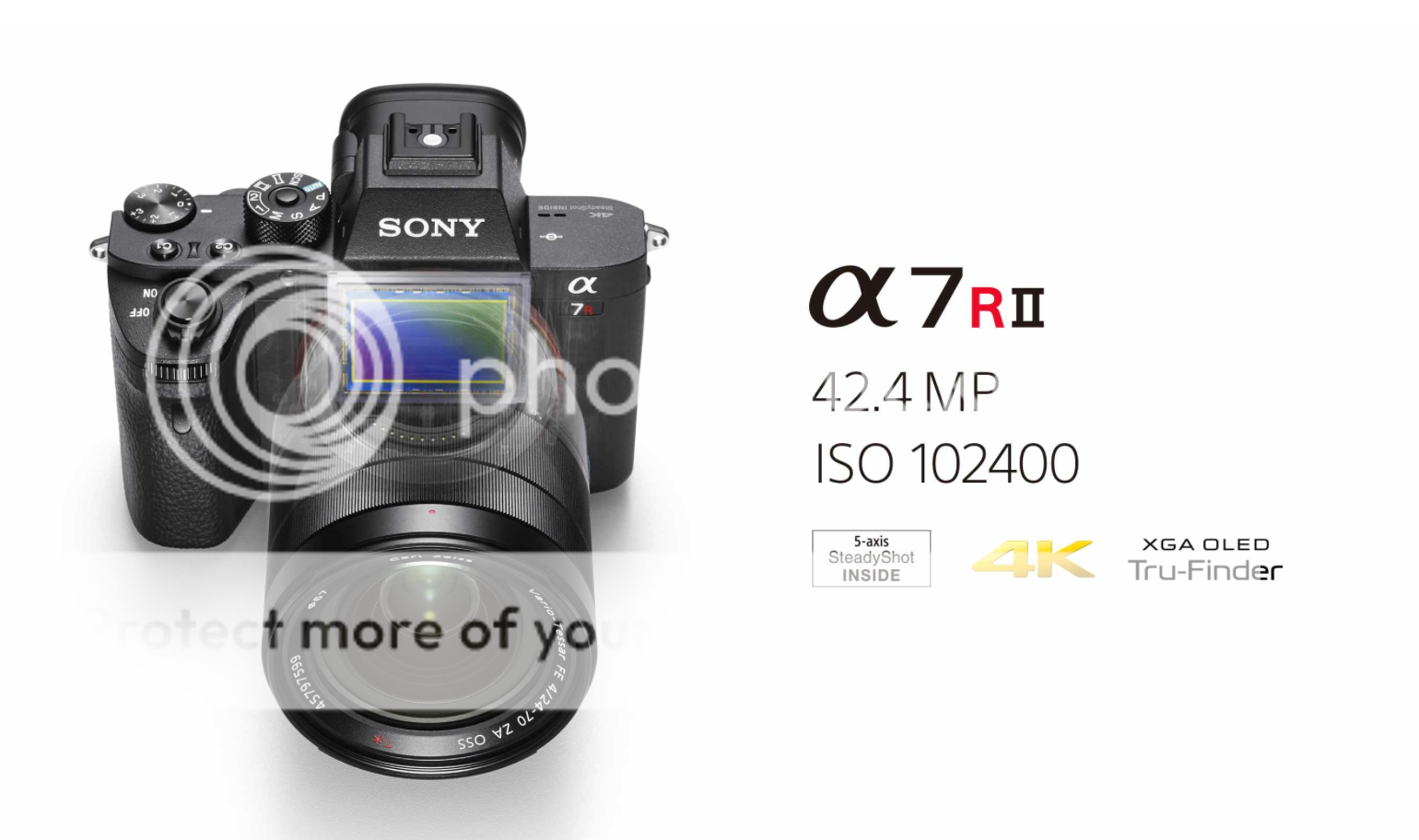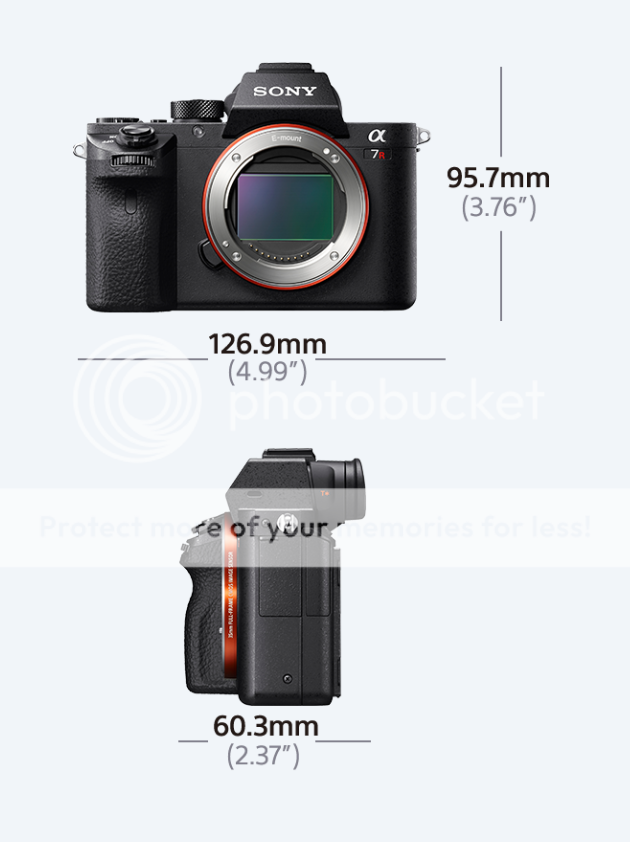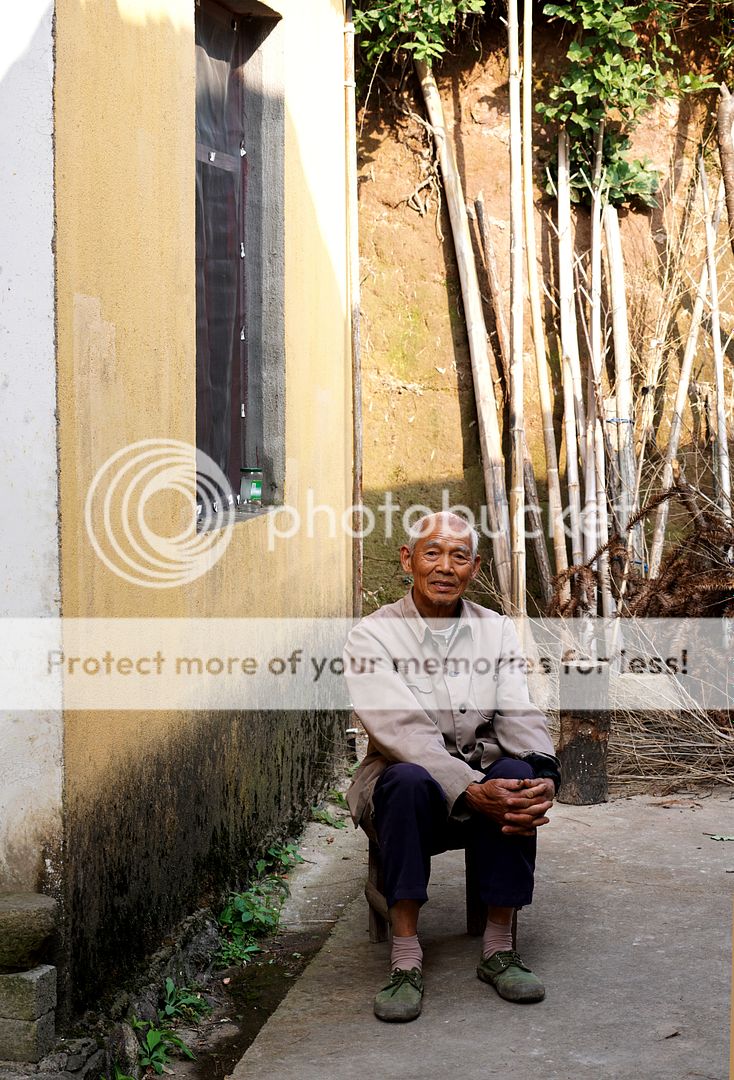
When I choose a camera, I would take the size and quality of the sensor as the top consideration. The Canon 1D was my choice for many years until I found my first Leica the M9. Together with the Leica lens, they brought me new interest into a more serious photography hobby. Because of the nature of a manual system, it has a lot of limitations.
When the A7R was launched in end 2013, it was the perfect camera of my dream, so much so that I actually owned two units to play with. This was the camera that awoke all the other major camera makers as well as professional photographers and hobbyists to have a serious choice on extreme mirrorless interchangeable-lens cameras.
The A7R was already a perfect machine except for some crucial weaknesses. First, the Auto-Focus system is sub-standard. Second is the loud shutter noise (due to the vibration-inducing shutter), thirdly, the lens mount is weak and fragile looking, and finally the bad battery life.
With the launched of the second generation A7R Mk II in July 2015, Sony has surprised the world again with a small camera that is closer to perfection.
It was a casual meet with a bro that brought me to the use of the A7R Mk II, and inviting me to test it out. I was about to attend a wedding in Brisbane and a working trip to Shanghai, I thought it was a good chance to test out this wonder machine.
As it was a very short trip, and there were much travelling and entertaining to do, resulting in not much time was available for any serious shooting or testing this awe-inspiring monster. As this is the first time I am holding this camera, there are a lot of hidden functions I must have missed or did not make full use of them to enhance the enjoyment of using this camera.
I will write a personal review of my short experience with the A7R Mk II with the FE16-35mm F3.5/F5.6, FE55mm f1.8 and the FE70-200mm F4.
















